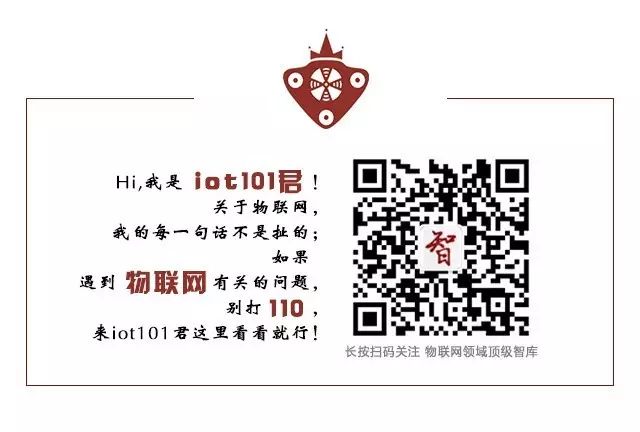
Source: readwrite
Author:CATE LAWRENCE
Published by the IoT Think Tank
Please cite the source and origin
—— [Introduction] ——
This article summarizes the six best and worst IoT devices of the year. What differences will you see?
2016 was an interesting year for Internet of Things (IoT) devices. In 2017, we will see a brand new smart device market—products need to pass consumer scrutiny, designs must be well thought out, and safety must come first. However, the reality is that IoT devices that only scratch the surface will not disappear quickly…
Here are some of the good and bad IoT devices that emerged in 2016:
1
Most Publicized: Pokémon Go

In July, under the bright summer sun, a large crowd suddenly rushed outside, clutching their phones. They were not waiting in line for concert tickets, nor were they protesting or taking selfies. Instead, they were playing a mobile augmented reality game developed by Niantic—Pokémon Go, which took the world by storm for a time. Suddenly, it seemed to be everywhere, generating $3.9 to $4.9 million in revenue on its first day. The peak number of daily active users reached 20 million in the summer, and by October 2016, it had generated a total of $600 million in revenue.
However, it was not without controversy, as cartoon monsters appeared in inappropriate locations, such as cemeteries or war memorials. People became so obsessed with the creatures on their phone screens that they ignored their surroundings, leading to numerous accidents. There were reports of two Pokémon hunters falling from a 90-foot cliff, and a driver accidentally crashing into a police car while playing the game.
As the sun set and the temperature dropped at night, the game’s popularity would suddenly wane. Whether Pokémon Go can be seen as a representative of the global trend in AR technology remains to be seen. But at least it is certainly not a disaster; by November, Pokémon Go was generating about $2 million in daily revenue, quite stable. It even launched on the Apple Watch, allowing people to continue playing.
2
Best Release: Snapchat’s Spectacles
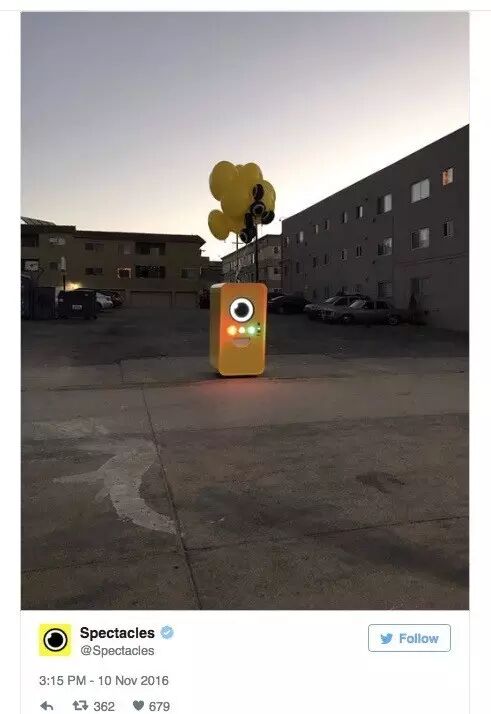
Spectacles are the first hardware product launched by Snapchat, a pair of sunglasses equipped with dual cameras (the cameras are located on either side of the lenses). The Spectacles camera uses a 115-degree lens, which is closer to a person’s field of vision. It can record circular videos, designed to create a playback experience that simulates human natural perspective. Additionally, the left lens flashes while recording, letting people know you are filming. The videos can be shared on Snapchat.
What makes Spectacles so popular, even among those who typically do not buy smart hardware? It is due to its limited release.
Spectacles have no online sales channels; they are sold through another large hardware creation by Snapchat: Snapbot. Each day, Snapbot appears in a different location in the U.S., selling about 200 pairs of Spectacles, and once they are sold out, it closes for the day. The next day, it moves to a different location. As for where Snapbot will appear? There is no prior notice; you can only check the map on the official website at 7:00 AM local time to find out where Snapbot will be that day. One person from Australia even paid for a round-trip flight for someone to buy the glasses for him in the U.S.
3
Many Promises but Few Successes: Sleep Technology
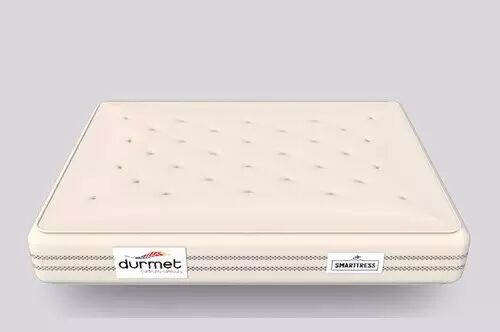
Getting a good night’s sleep is a challenge for many of us, with various environmental and physiological factors contributing to poor sleep. Many fearless entrepreneurs have spent years searching for ways to improve the world’s sleep quality.
A glance at crowdfunding sites reveals a plethora of smart sleep products (over 100 in 2016 alone), with features ranging from helping you fall asleep to waking you up.
However, truly understanding sleep issues requires data of medical-grade precision, which is difficult to obtain under traditional sleep testing conditions, relying on collecting in-depth data over a considerable period.
One of the strangest products I encountered this year is Smarttress, a mattress designed to detect infidelity among couples, not primarily to improve sleep. It includes a “lover monitoring system” made up of vibration sensors and a “contact area detector” that sends alerts to the user’s app when vibrations occur on the bed. Users can clearly see the frequency and intensity of the mattress’s vibrations (i.e., the number of vibrations per minute) on their mobile app.
4
Most Innovative: Kafon Drone
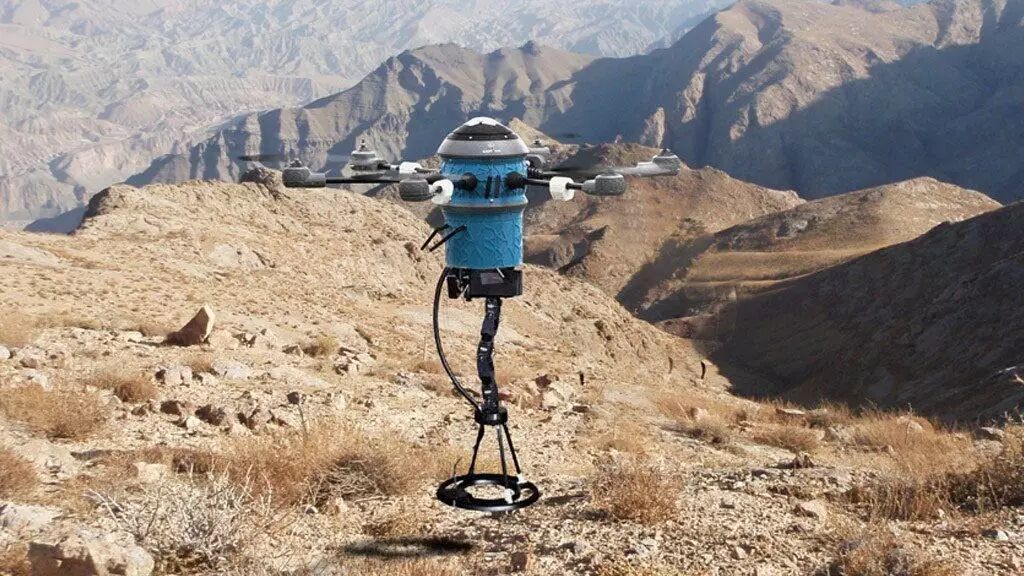
For smart products, innovation does not always mean solving a global problem, but sometimes it does solve a significant issue due to a unique innovation. The product that impressed me the most in 2016 was the Mine Kafon Drone (MKD).
MKD is a drone that not only flies over the most dangerous areas on the map but also completes high-risk tasks such as remote monitoring and detonating landmines. Its operation has reached a level of automation and is equipped with three independent, interchangeable robotic modules, allowing for free expansion.
5
Most Promising: Google Home
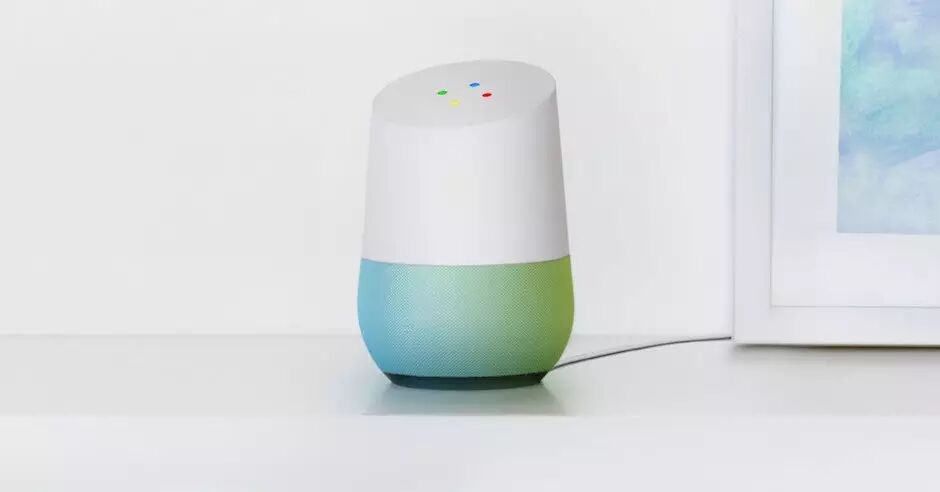
In the smart home sector, Amazon Echo and Google Home are currently the two largest camps, with surveys showing that supporters of both camps are nearly equal. Some suggest that consumers buy both products to gradually understand the advantages and disadvantages of each, thus determining which one they prefer. Echo is considered superior in terms of speaker quality, making it great for listening to music; while in terms of “home architecture,” Echo can set up an individual file for each hardware member, whereas Google Home places all “hardware member” information in one file, which is relatively less appealing.
However, my support for Google Home is not because it meets many needs now, but because of its development potential. In terms of smart home connectivity, Google Home can connect with Nest, Philips Hue, and IFTTT, and even other hardware that may emerge in the future, which is quite appealing to me.
More importantly, Google is currently investing heavily in machine learning and artificial intelligence, combining numerous real-life examples that are not limited to the home environment, but also collaborating with the NHS through DeepMind and Google Translate. I believe this approach will have a significant impact on Google’s ecosystem, including Google Home.
6
Worst PR: Device Security Flaws Lead to Revolv’s Demise

In 2014, Nest acquired Revolv, but in April 2016, Nest announced on its website that it would stop providing services for all customers who had previously purchased and installed Revolv Hub devices in one month. This obviously led to widespread criticism of Nest, as customers not only wasted $300 on hardware but also lost the promised “final subscription” service.
This once-promising IoT project faced such a disaster primarily due to security flaws, as IoT devices became prime targets for hackers to launch cyberattacks. The negative impact of these issues will continue into 2017.
Previous Popular Articles (Click on the title to read directly):
-
《[Heavyweight] IoT Industry Panorama Report, the First Domestic IoT Industry Two-Dimensional Perspective Panorama
-
《Interview with Academician Wu Hequan: Four Good News Indicate That the Development of IoT Has Entered the Right Track
-
《China’s First Low-Power Wide-Area Network LPWAN Market Report Released: Where Is the Next IoT Opportunity? [Text Version]
-
《A Cartoon Explains: What Is LoRa Behind NB-IoT That Everyone Is Talking About?
-
《A Cartoon Explains: Besides WiFi and Bluetooth, What Can the Recently Popular NB-IoT Do?》
-
《McKinsey’s Heavyweight Report: How Can Enterprises Tap into the Value of “Industry 4.0”? (Collection Edition)
